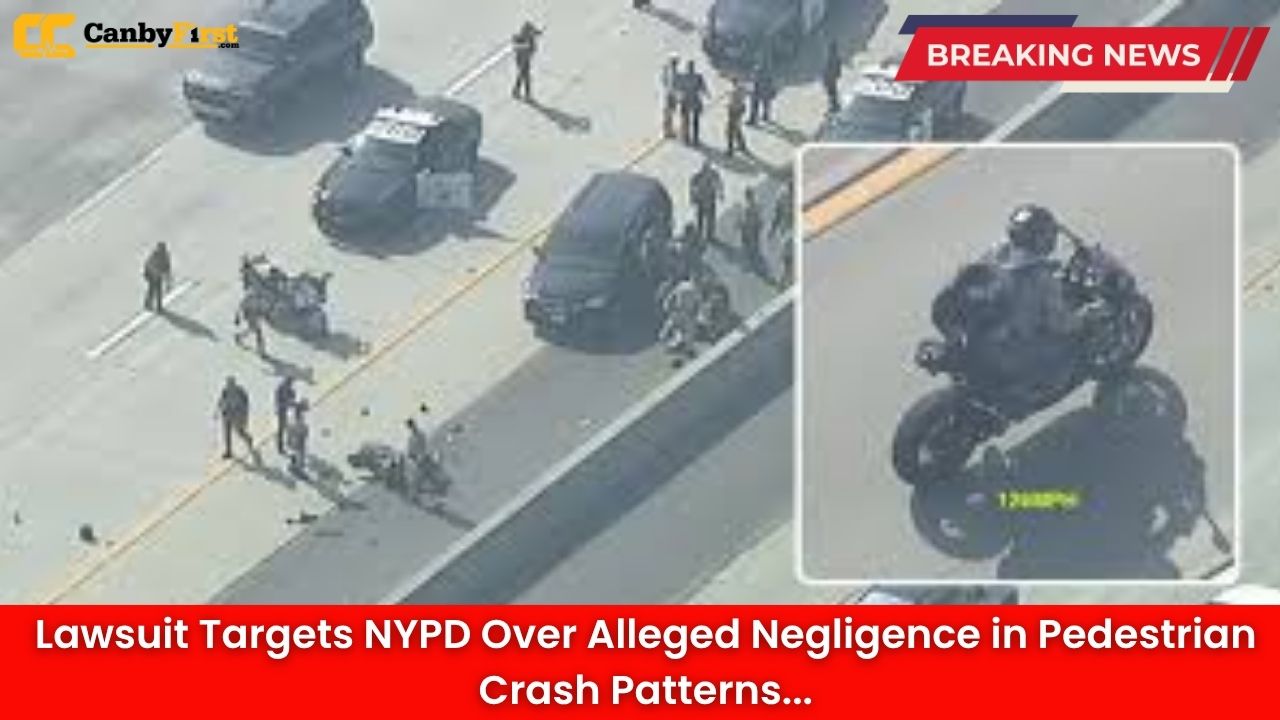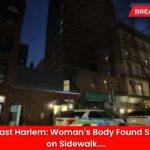A sweeping new lawsuit filed this week accuses the New York Police Department (NYPD) of systematically failing to prevent and properly investigate pedestrian crashes across the city, reigniting debate over traffic safety enforcement and accountability in America’s largest metropolitan area.
A Pattern of Neglect Alleged
The civil case, brought by a coalition of victims’ families, pedestrian safety advocates, and civil rights groups, claims that the NYPD has demonstrated a longstanding pattern of indifference toward traffic collisions involving pedestrians. The plaintiffs argue that the department’s lack of rigorous enforcement, insufficient crash investigations, and alleged bias toward drivers have perpetuated a dangerous environment for people on foot.
The lawsuit, filed in the New York State Supreme Court, cites numerous instances where pedestrians were struck by vehicles in crosswalks or residential streets, only for the drivers to face little to no legal repercussions. According to the filing, these oversights reflect systemic flaws in how the NYPD handles collision cases, especially those that do not result in criminal charges.
Also Read
Families Demand Justice for Victims
At the heart of the case are grieving families who say they were denied justice after tragic losses. Maria Escobar, whose son was killed in a Brooklyn intersection in 2023, spoke at a press conference held outside City Hall. She said police treated the incident as a “traffic mishap” rather than a fatal act of negligence.
“They told me it was just an accident,” Escobar said. “But my son had the right of way. The driver broke the law. The NYPD acted like nothing could be done.”
The coalition behind the suit includes organizations that have long advocated for safer streets, such as local pedestrian coalitions and community safety networks. Their complaint alleges that despite repeated recommendations from city watchdogs and transportation experts, the NYPD continues to underinvestigate crashes and avoid holding reckless drivers accountable.
Claims of Biased Enforcement
Central to the allegations is the claim that the NYPD’s Traffic Enforcement Division disproportionately prioritizes ticketing minor infractions like jaywalking and minor vehicle violations rather than pursuing dangerous driving behaviors that lead to serious injuries.
Statistics cited in the complaint suggest that while the number of speeding and reckless driving summonses has declined in recent years, pedestrian fatalities remain alarmingly high. Advocates argue that this mismatch reflects a misplaced enforcement focus and a policy culture that discourages officers from treating pedestrian crashes as potential crimes.
“The NYPD’s approach sends a chilling message,” said James Holloway, an attorney representing the plaintiffs. “It tells New Yorkers that pedestrian safety is negotiable. We’re asking the court to say otherwise.”
City Response and Legal Hurdles Ahead
City attorneys have acknowledged receipt of the lawsuit but declined immediate comment, citing ongoing litigation. However, law enforcement officials defended the department’s record, emphasizing that the NYPD’s Vision Zero partnership with the city’s Department of Transportation has led to measurable improvements in street safety over the past decade.
“Traffic enforcement and collision investigations are a core part of our mission,” said Deputy Commissioner of Public Information Angela Reyes in a prepared statement. “We continue to refine our training, deploy more speed cameras, and coordinate with city agencies to reduce crashes and save lives.”
Despite these assurances, legal experts suggest the plaintiffs could face challenges proving systemic negligence. Under New York law, government entities are generally shielded from certain liability claims unless plaintiffs can demonstrate a clear pattern of misconduct or discriminatory enforcement.
Broader Implications for Urban Safety
Advocates see this case as a watershed moment for how New York City—and potentially other major cities—approach pedestrian safety enforcement. If successful, the lawsuit could force structural reforms within the NYPD, compelling the department to improve data transparency, adopt stricter accountability measures for crash investigations, and shift traffic enforcement priorities toward deterrence of dangerous driving.
Traffic safety researcher Allison Kim of the City University of New York noted that the lawsuit aligns with a growing national push for “accountability-driven enforcement.” She explained that as cities expand pedestrian infrastructure, law enforcement must match those efforts with fair and consistent application of traffic laws.
“Street design changes alone won’t fix this problem,” Kim said. “If police don’t take pedestrian crashes seriously, we’re only halfway toward Vision Zero.”
A City Reckoning Over Street Safety
Public frustration over rising pedestrian deaths has been mounting. In the past year alone, city data show over 130 pedestrian fatalities, marking one of the deadliest years since 2014. Despite investments in road redesigns, crosswalk improvements, and campaigns urging driver awareness, critics say enforcement remains inconsistent and reactive.
Community groups across the five boroughs have joined forces in recent months, staging vigils and marches in memory of those killed or injured. Many view this lawsuit not only as a legal battle but as a moral one—a demand that New York confront a legacy of tolerating preventable street tragedies.
“This is about human life,” said advocate Teresa Ramos during a rally in Queens. “Every crosswalk, every sidewalk, every block should be safe. Our city can’t call itself progressive if we ignore the deadliest form of violence on our streets.”
What Comes Next
The lawsuit seeks a court order mandating reforms in NYPD traffic enforcement policies, independent oversight of crash investigations, and the release of comprehensive traffic data for public review. While monetary damages are also being pursued, advocates emphasize that their main goal is institutional change.
Early hearings are expected to begin later this winter. Legal observers anticipate that the city will move to dismiss some of the broader claims, setting up a potentially lengthy battle that could shape future public safety policy across the United States.
For many New Yorkers, the lawsuit represents more than just a legal dispute—it’s a call for accountability in a city where walking is central to daily life. Whether the courts compel reform or the issue becomes one of political will, the case has already forced New York to reexamine what justice looks like for pedestrians.












